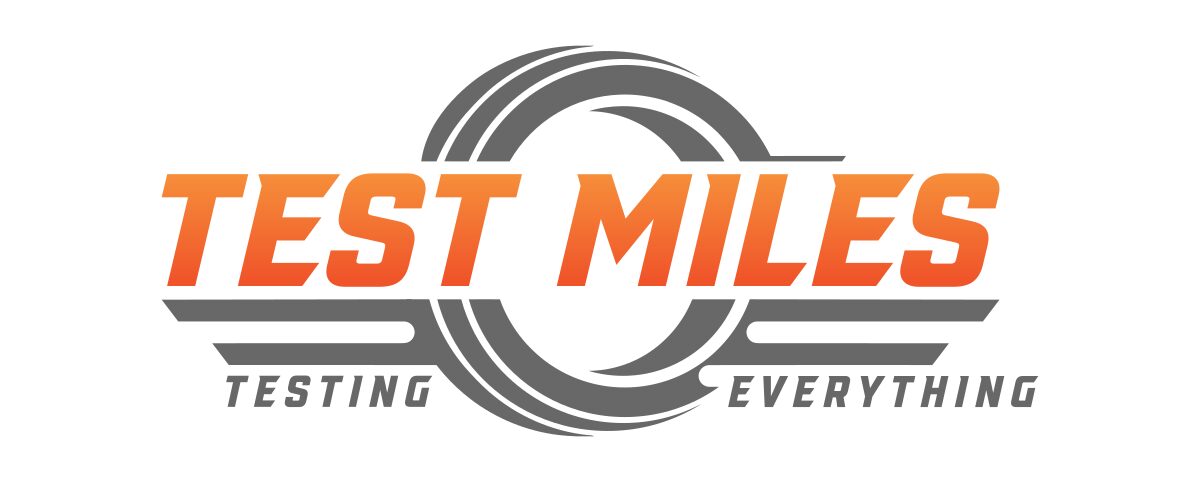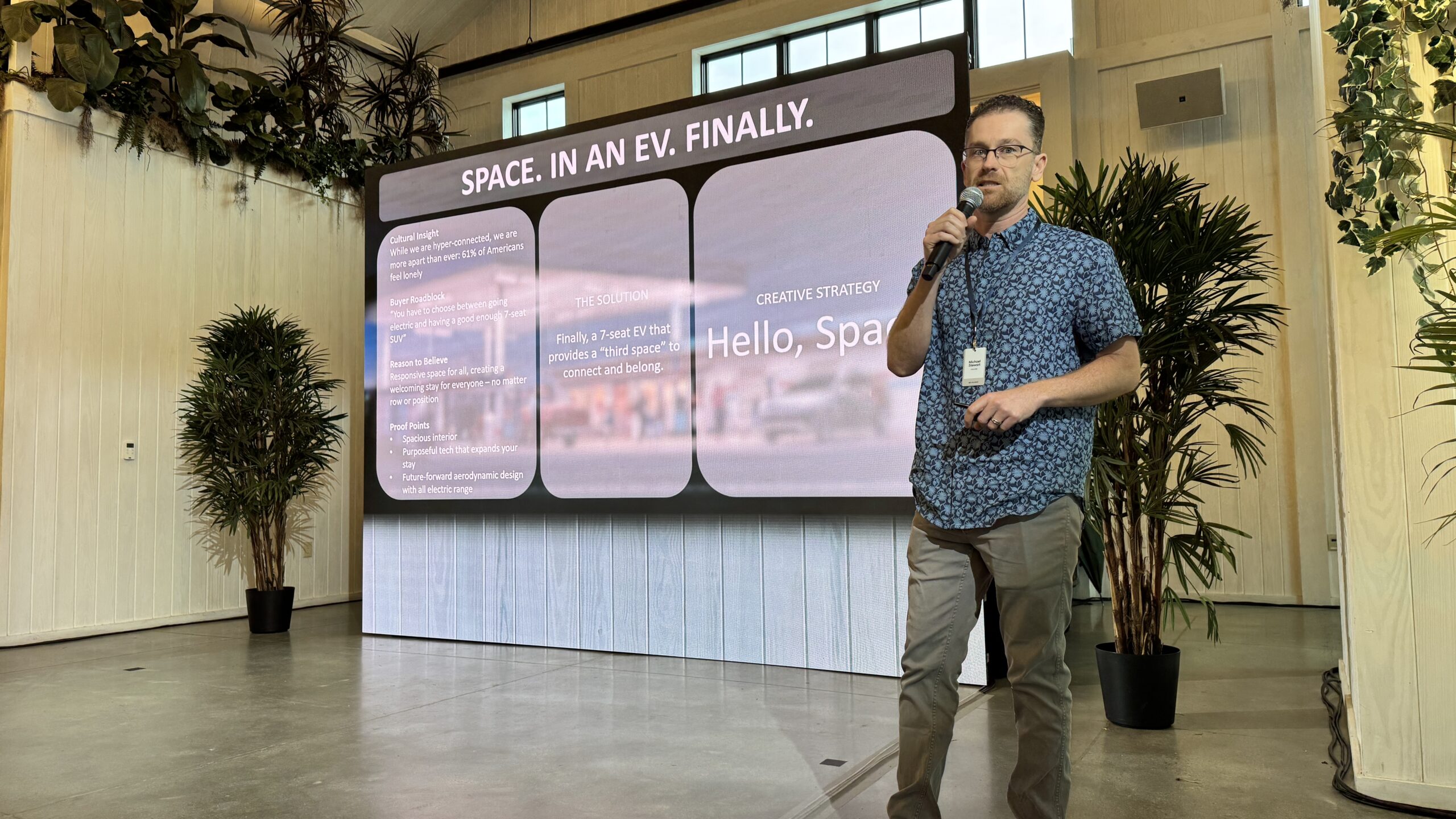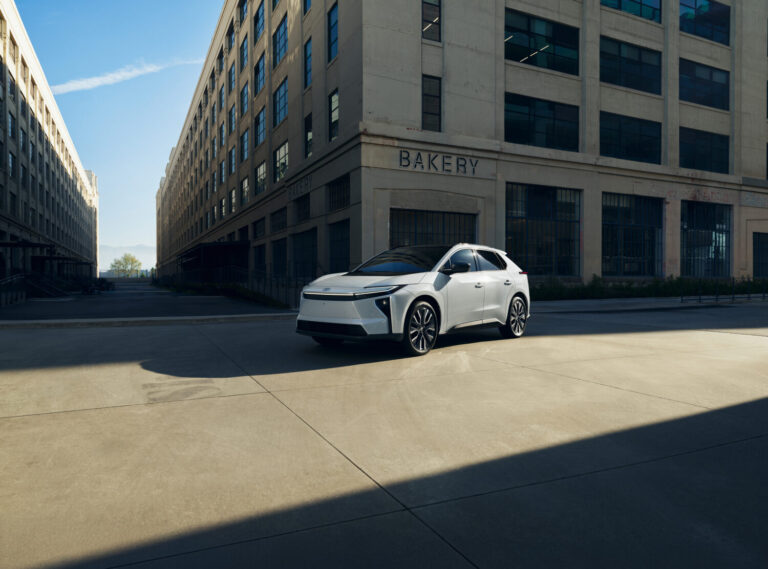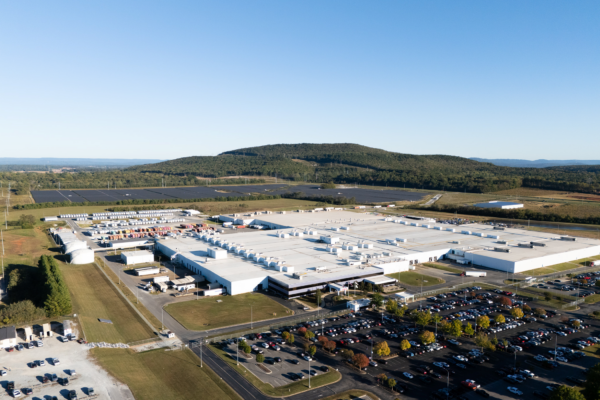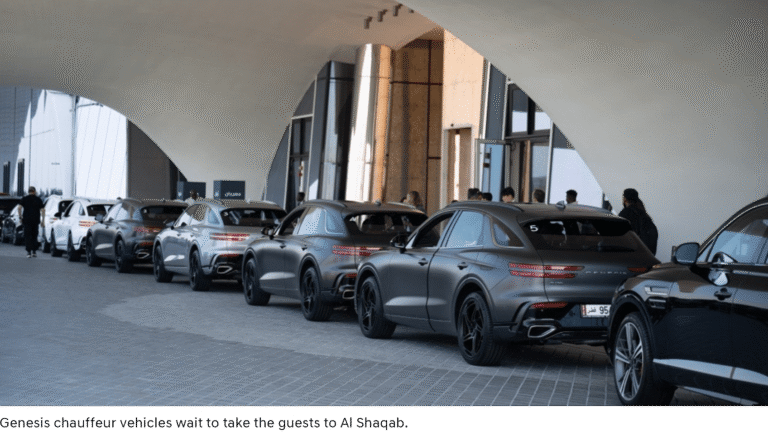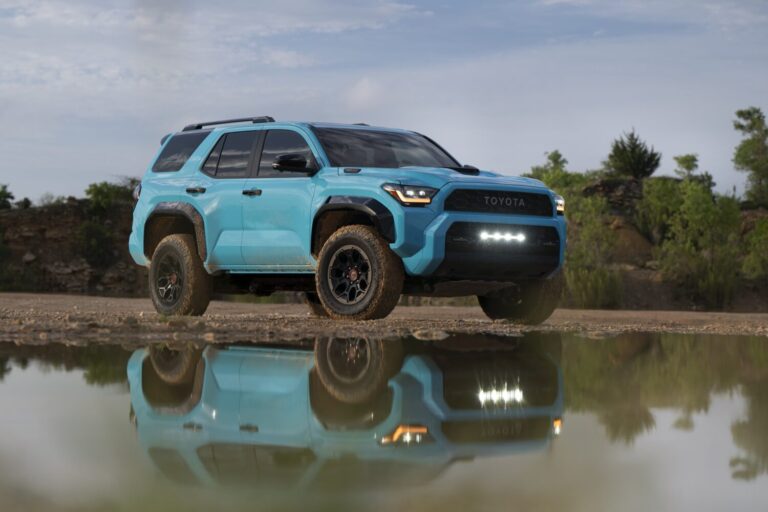Hyundai’s Savannah Surge: How a Korean Giant is Quietly Rewriting America’s Automotive Future
By Nik Miles
Let’s start with a question that’ll make a few Detroit boardrooms shift uncomfortably in their leather chairs: What automaker just delivered its seventh consecutive record sales month in the U.S., is building 1.2 million cars a year domestically, and has sunk over $33 billion into American soil?
If you guessed Ford, you’d be adorably wrong.
Welcome to the era of Hyundai—not just the South Korean brand that once made cheap sedans for your cousin’s first job, but a tech-savvy, design-forward powerhouse currently redefining what a “Made in America” car can look like.

Q: What’s the occasion?
I was recently in Savannah, Georgia—not for sweet tea or haunted mansion tours, though those are excellent—but to witness Hyundai Motor Group’s newest flex: the Hyundai Motor Group Metaplant America (HMGMA). The name may sound like a Bond villain’s lair, but what’s happening there is nothing short of an industrial revolution.
At a press drive that could’ve easily passed for a tech summit, Hyundai’s PR chief Michael Stewart greeted us before we took the wheel of their newest flagship: the all-electric Ioniq 9. But this wasn’t just about a new car. It was about a vision—and it’s a bold one.
Q: Why Savannah? And why now?
Because when you’re spending $12.6 billion on a factory complex—with two battery joint ventures, 15,500 jobs (8,500 in the plant and 7,000 at suppliers), and a production capacity aimed at half a million vehicles annually—you don’t exactly pick a site off Craigslist.
This is the largest investment in Georgia’s history, and Governor Brian Kemp was happy to hand over the metaphorical keys at the official opening on March 26, 2024. Production actually started in October 2023, and the Metaplant is already churning out the Ioniq 5 and the new Ioniq 9—both of which feel more Silicon Valley than Seoul.
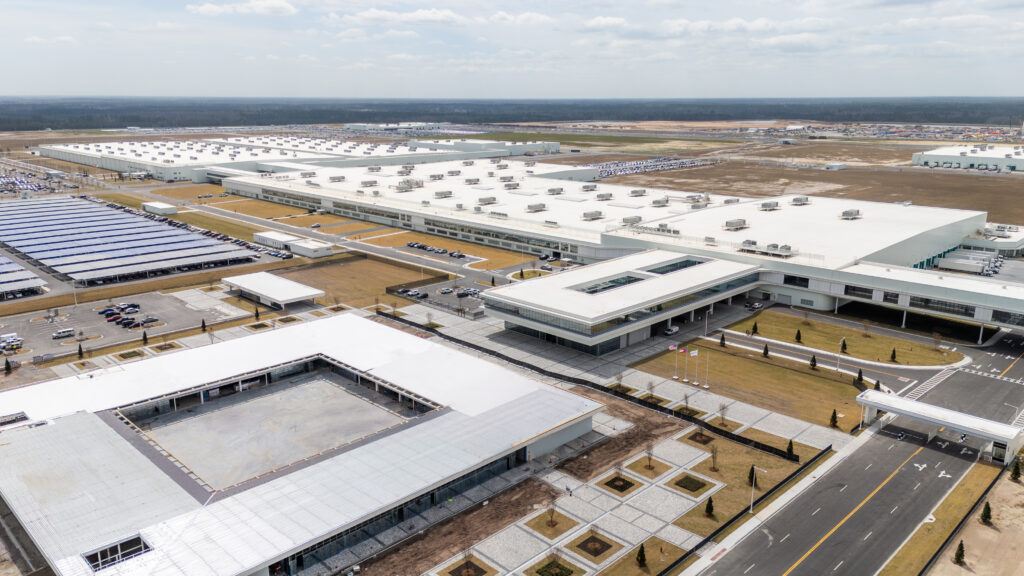
Q: Are Americans buying what Hyundai’s building?
Absolutely. Q1 2024 saw Hyundai’s total U.S. sales up 10%, retail sales up 9%, and electrified vehicle sales jump an astonishing 42%. The Ioniq 5 alone is up 34% in retail sales. In fact, 26% of all Hyundai sales now come from electrified models—including plug-in hybrids and traditional hybrids like the Santa Fe and Tucson.
And let’s not ignore the trophy cabinet. Hyundai claims the “most awarded EV lineup,” and they’re not just fluffing their resume. The Ioniq 5N is benchmarking against performance legends, while five Hyundai models snagged IIHS Top Safety Picks—no small feat in a safety-obsessed market.
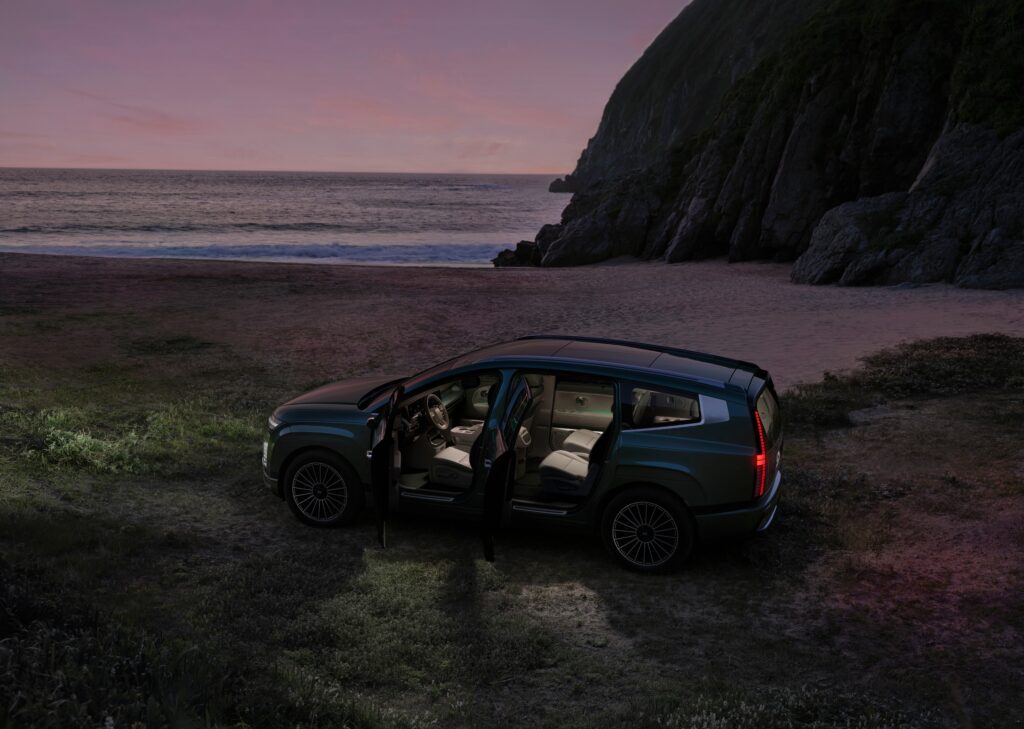
Q: But what about their American footprint?
Well, Hyundai’s not just building batteries and SUVs in Georgia. Their Alabama plant just turned 20. It’s produced over six million vehicles, has a 400,000-unit annual capacity, and employs 4,000 Americans. And as of April, they threw a proper Southern-style bash to mark the anniversary.
Oh, and while we were still digesting that, they dropped another nugget at the White House: $21 billion more in U.S. investments coming over the next four years. That includes a new steel plant in Louisiana, mobility R&D, and plans to grow their U.S. capacity to 1.2 million units annually. Total projected job impact? Another 100,000 roles, adding to Hyundai’s current 570,000 direct and indirect American jobs.
That’s not foreign investment. That’s local domination.
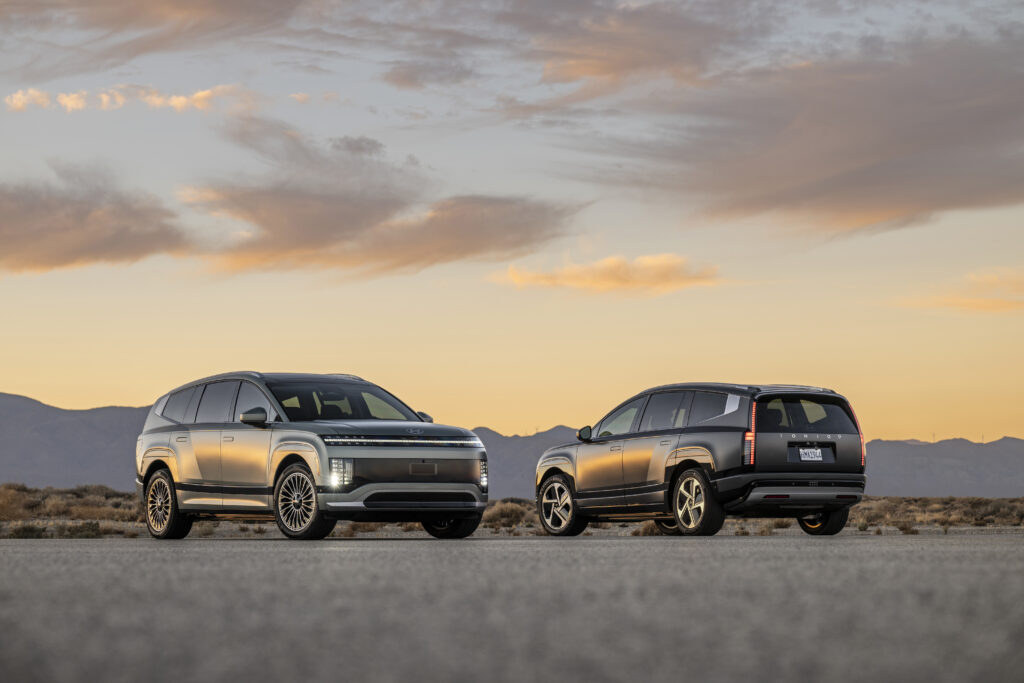
Q: Is the Ioniq 9 worth the hype?
That’s a fair question—and one we’ll explore in depth in our upcoming review. But first impressions? Spacious, refined, tech-packed, and quietly premium in a way that would make the Germans blink. It feels like the SUV Tesla should’ve built, minus the Musk theatrics.
We even had a quick chat with Gary Lynn from Hyundai’s design centre, who confirmed the 9’s mission is simple: “Own the road, but do it politely.” Very on-brand for a company that doesn’t shout, but certainly shows.
Final Thoughts: Is Hyundai the quiet conqueror?
In a word: yes.
While other automakers are slashing EV targets, moaning about tariffs, or simply waiting for the next quarterly panic, Hyundai’s building factories, winning awards, and moving metal. The Savannah Metaplant isn’t just a manufacturing story—it’s a statement.
The U.S. wanted jobs, safety, and innovation. Hyundai’s handing over all three with a bow on top.
So the next time you hear someone dismissing Korean cars, kindly ask them when their preferred automaker last built a 500,000-unit EV plant in America—and sold every single one without breaking a sweat.
Enjoyed this article? Stay in the driver’s seat with more automotive insights! Follow @NikJMiles and @TestMiles on social media for the latest news, reviews, and behind-the-scenes exclusives. Don’t miss out—join the conversation today!
